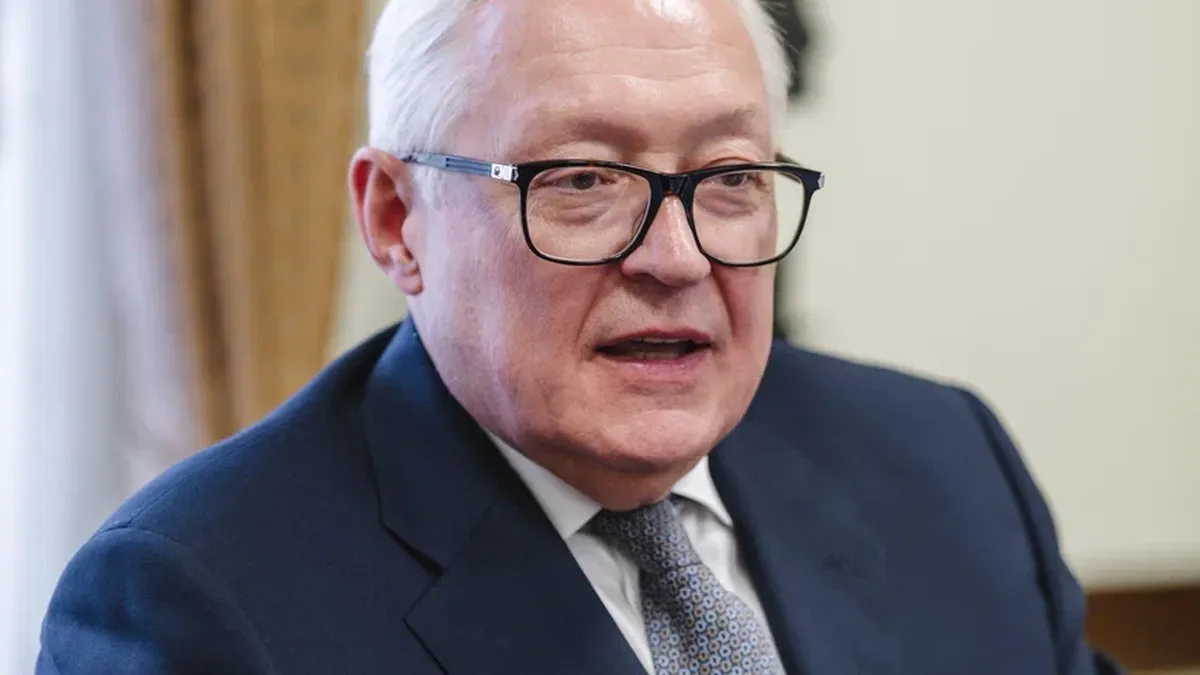Does the connection hold? Travelers often ask themselves this kind of anxious question when they use their time on the motorway to make phone calls and surf the web. New radio systems should provide the solution.
Deutsche Telekom is making progress in expanding its mobile phone network on motorways and is thus putting pressure on its competitors Vodafone and O2. The Bonn-based group announced that it would put the first new radio mast into operation at the A1 Schellenbach rest area in Saarland as part of a cooperation with Autobahn GmbH. This transmits in the 2G, 4G and 5G standards in various frequencies between 800 and 2100 megahertz.
By the end of 2024, it should be clear where a total of 400 new Telekom locations will be located along the motorways. In the future, they will be located significantly closer to the road than other masts and will therefore enable good connections. This proximity to the road is a major advantage of the cooperation. Download speeds of at least 200 megabits per second should be possible. This means that transmission is twice as fast as at other locations that only meet the government’s 100 megabit requirement. The number of connection interruptions should be minimized.
The cooperation with Autobahn GmbH was announced in May; it provides for a simplified and quick location search including construction planning. The fact that the first antennas are activated less than half a year later is actually quick. According to its own information, Telekom currently has around 6,300 cell phone masts along the highways. But they are not as well located as the new facilities will be.
Luksic: “Traffic arteries have special priority”
“The selection and coordination of new cell phone sites was a lengthy process in the past,” said Telekom Deutschland’s head of technology, Abdu Mudesir. “Thanks to the cooperation with Autobahn GmbH, this has been significantly shortened.” The State Secretary in the Federal Ministry of Transport Oliver Luksic (FDP) rated the commissioning of the first radio mast as a success. “The federal government’s goal is to make the most modern mobile communications standard available across the board – our traffic arteries have particular priority.”
Vodafone and Telefónica Deutschland (O2) are also committed to joining forces with the federal company, but are nowhere near as far along as the Magenta Group. A Vodafone spokesman says that they have “agreed on a similar agreement” with Autobahn GmbH, which is about to be signed. It will take some time before the first Vodafone antennas are activated, which can transmit close to the road as part of this collaboration.
O2 in “constructive discussions”
An O2 spokesman says they are “currently in constructive discussions” with Autobahn GmbH. “At the end of these discussions there could be a cooperation agreement that would, for example, enable the construction of additional locations on motorways and rest areas.” The O2 spokesman emphasizes that the motorway network is already being expanded continuously and in a targeted manner, so far without cooperation with Autobahn GmbH. This also applies to Vodafone.
According to a report by the Federal Network Agency, Deutsche Telekom covered 98.0 percent of federal highways with 4G connections this summer, Vodafone covered 97.7 percent and Telefónica 97.6 percent. The percentage values are lower for the 5G radio standard. The difference to 100 percent seems small with 4G. However, the missing percentage points make it clear that there is not yet complete coverage on many routes across Germany. In addition, there may be difficulties when travelers change radio cells.
Source: Stern




